

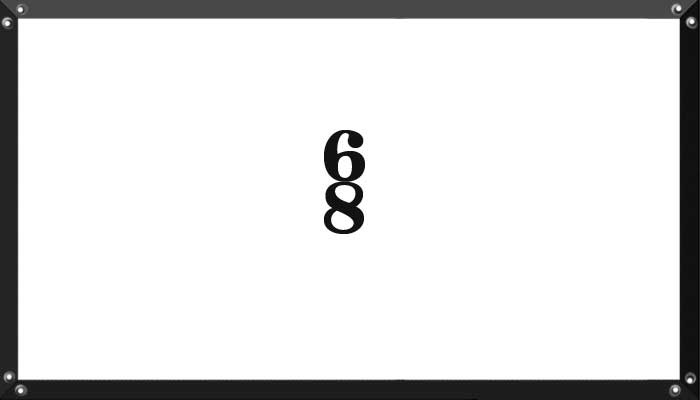
You can actually have any time signature you want, any two numbers. But of course there are some time signatures more popular than others, like the 6/8 is a very popular time signature for marching music. A 6/8 you need 6 eighth notes on each measure.
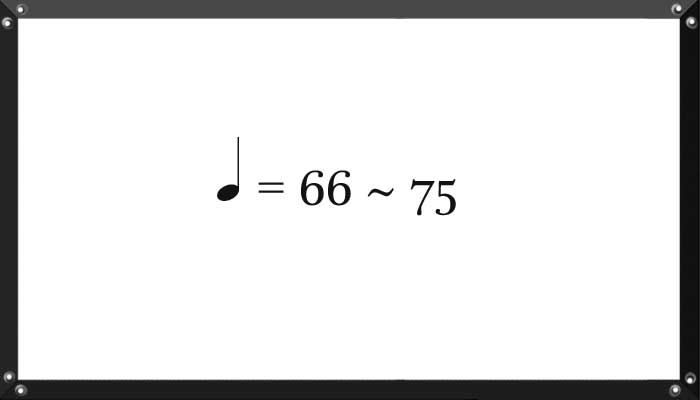
Slow music, romantic songs, sad melodies they all need to be slow, or Adagio, the tempo is about, 66 to 75. Adagio means "Slow". We use Italian terms for music because in Italy were the people that started to write music, and create all the symbols we use today. So a lot of Italian langauge is in music today.
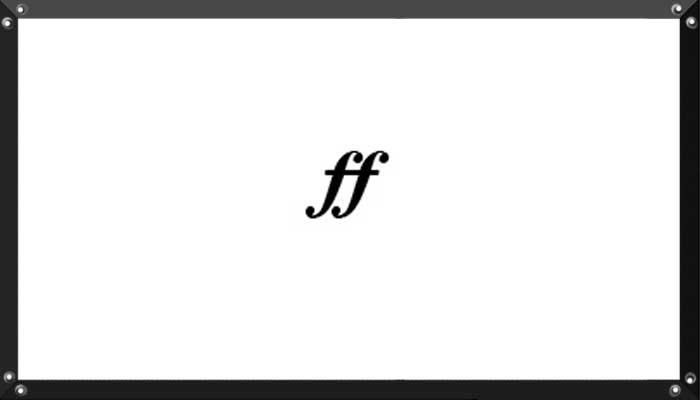
If you want to play loud, you use the "forte" symbol, "f" but if you want to play very loud, you can use 2 "f's" instead of 1. Sometimes you can even use 3 "f's" or more. In a scale from 1 to 10 "Fortissimo" would be like about 9. When you see a fortissimo symbol you will keep playing really loud, until you find another dynamic symbol, to tell you that now you need to play softer or louder.
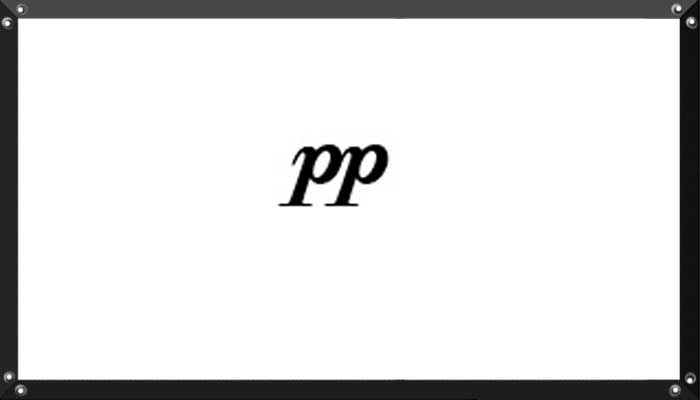
If you want to play soft, you use the "piano" symbol, "p" but if you want to play very soft, you can use 2 "p's" instead of 1. Sometimes you can even use 3 "p's" or more. In a scale from 1 to 10 "Pianissimo" would be like about 2. I have written some songs, and just for fun I wrote like abot 10 little "p" Just to make it like really soft. This is a dynamic symbol.
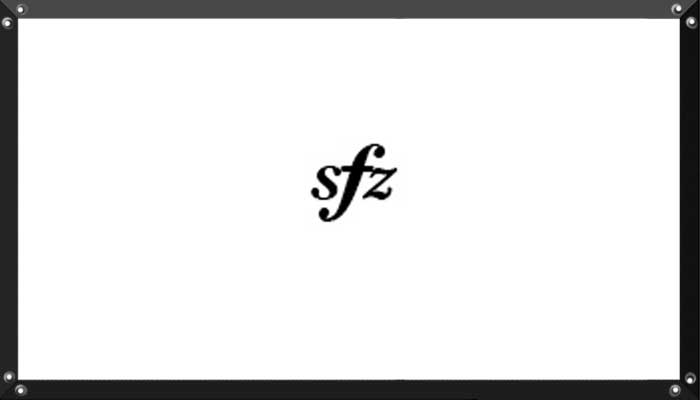
Sometimes, when you play a note, you want to give more presence, or more importance to that note in particular, so you want to make an extra effort to play only this note, louder or a little bit louder than normal, so you use a "sforzando" symbol, sforzando means, extra effort. How loud more should you play the note? Well, again, you need to feel the music to answer that question all music is feelings, and how loud is up to you, but just notice that if you see that symbol, you do need to pay attention and actually play that note louder.

Try this test to see how much you know so far. You need to know 10 symbols in a row with no mistakes.